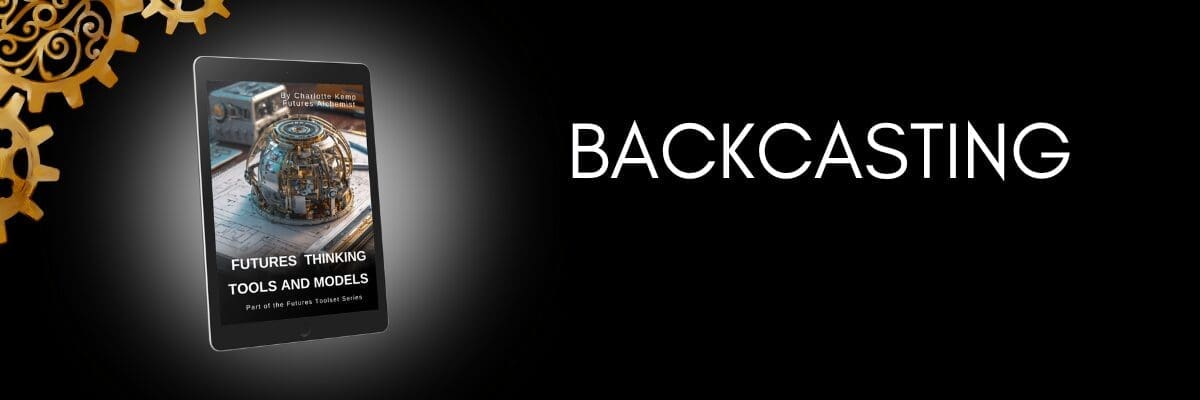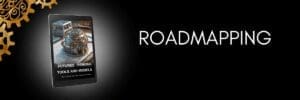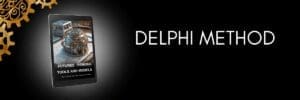
Introduction
Backcasting is a strategic foresight method that starts with defining a desirable future and then works backwards to identify the steps, decisions, and actions required to reach that future from the present. Unlike forecasting, which projects forward from current trends, backcasting inverts the process, using the preferred future as the anchor point.
It is particularly valuable in contexts where the future being sought differs significantly from the present, and where transformative rather than incremental change is required.
What it looks like
Using backcasting typically involves:
- Defining the desired future state
- What do we want the world, organisation, or system to look like in 10, 20, or 50 years?
- Describing that future in detail
- Through narratives, scenarios, or visualisation, the team paints a vivid picture of what success or transformation looks like.
- Working backwards
- Starting from that vision, the team asks, What must have happened immediately before this future was possible?
- Identifying key milestones and enabling conditions
- These are the critical decisions, policy shifts, investments, or behaviours needed along the way.
- Mapping actions to the present
- Finally, actions are prioritised and sequenced, forming a strategic roadmap or implementation plan that bridges the present and desired future.
Examples
A well-known real-world example of backcasting comes from Sweden’s sustainable development initiatives, particularly The Natural Step Framework, developed by Karl-Henrik Robèrt in the late 1980s. The framework used backcasting to define a sustainable future and then identified what actions were needed in energy, waste, and industry to reach it.
Another example is the UK government’s “Net Zero by 2050” strategy, which used backcasting logic to determine what changes must occur in transport, energy production, and consumption patterns to achieve a carbon-neutral future.
How and when it is used
Backcasting is most effective when:
- The desired future is ambitious or transformative (e.g., sustainability, social justice, digital transformation).
- Current trends are insufficient or undesirable.
- Stakeholder buy-in is required for a long-term shift.
- You want to translate visionary goals into practical, actionable pathways.
It is used in strategic foresight workshops, sustainability planning, government policy, innovation design, and corporate visioning exercises. It helps organisations align present actions with long-term aspirations rather than simply reacting to current trends.
In urban planning, cities like Vancouver and Melbourne have used backcasting to design “future livable city” visions, then working backwards to redesign zoning, transport, and energy systems.
Indigenous foresight practices sometimes echo backcasting principles, envisioning a “good ancestor” future and tracing back to what present actions honour future generations.
Some education systems have experimented with “backcasting the graduate,” defining the qualities and capacities of a future-ready student and then redesigning curricula in reverse to achieve that outcome.
In space exploration, NASA used a backcasting-like approach to plan the Apollo missions: beginning with the end goal—landing a human on the Moon—and working backwards to identify necessary technologies and milestones.
Origin
The term backcasting is credited to John B. Robinson, a Canadian energy economist and futurist, who first articulated it in his 1982 paper “Energy Backcasting: A Proposed Method of Policy Analysis.” Robinson introduced the idea as an alternative to forecasting for long-term energy and environmental planning, particularly when radical change was necessary.
The concept was later popularised through sustainability movements and adopted by frameworks such as The Natural Step in the late 1980s and 1990s. Since then, it has become a core method in strategic foresight, sustainability transitions, and systems change.




